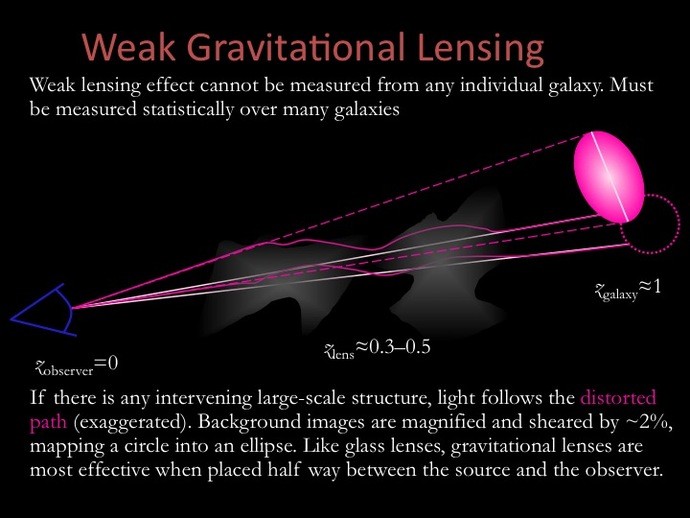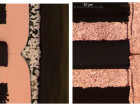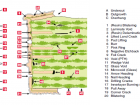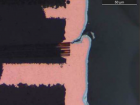Euclid Space Mission
OBJECTIVE:
Dark matter and dark energy are two of the greatest mysteries of the universe, perplexing scientists worldwide. Solving these scientific riddles may require a comprehensive approach in which theories, computations and ground-based observations are complemented by a fleet of spacecraft studying the “dark” universe.
One of the space missions that could be essential to our understanding of these mysteries is the European Space Agency’s (ESA) Euclid probe (with NASA contribution). This space-based telescope is designed to unveil the secrets of dark energy and dark matter by accurately measuring the acceleration of the universe.
The Euclid spacecraft will carry a payload module with a 1.2m-diameter telescope and two state-of-the art scientific instruments: a visible-light camera and a near-infrared camera/spectrometer. Image Credit: Airbus Defence & Space.
Main Activities at Alter Technology
- Technical support and selection of suitable components as per EUCLID requierements
- Preparation and approval of Parts Approval Documents (PADs)
- Continued follow-up of the manufacturing progress
- Provide periodically updated status of parts delivery
- Test performance (DPA, RVT, Upscreenings)
- Inspections at manufacturers’: PRECAP & BUY-OFF
- Inspection at ATN´s: Receiving/Incoming inspection and data review
- Export licences management
- Quality issues management
- Continued follow-up of the manufacturing progress
- Provide periodically updated status of parts delivery
- Delivery of approved components for use on EUCLID
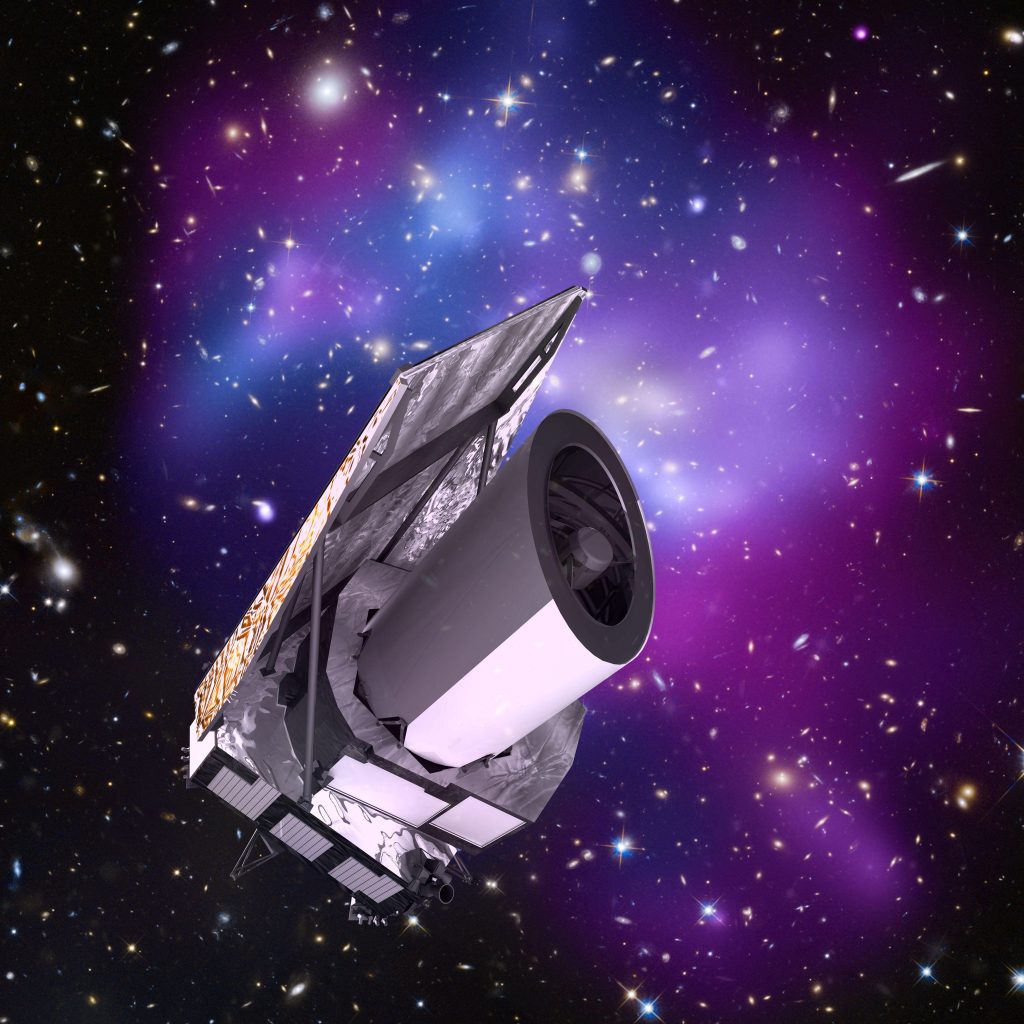
Euclid Spacecraft image ESA
Euclid is a survey mission designed to understand the origin of the Universe’s accelerating expansion. It will use cosmological probes to investigate the nature of dark energy, dark matter and gravity by tracking their observational signatures on the geometry of the universe and on the cosmic history of structure formation. Euclid will map large-scale structures over a cosmic time covering the last 10 billion years, more than 75% of the age of the Universe. The mission is optimized for two independent primary cosmological probes: Weak gravitational Lensing (WL) and Baryonic Acoustic Oscillations (BAO).
WL is a technique to map dark matter and measure dark energy by quantifying the apparent distortions of galaxy images, a change in a galaxy’s observed ellipticity, caused by mass inhomogeneities along the line-of-sight. The lensing signal is derived from the measurement of shape and distance of galaxies. BAO are wiggle patterns imprinted in the clustering of galaxies that provide a standard ruler to measure the expansion of the Universe. The properties of the wiggles are derived from accurate distance measurements of galaxies. Surveyed in the same cosmic volume, these two probes provide necessary cross-checks on systematic errors.
They also provide a measurement of the large-scale structure via different physical fields (potential, density and velocity), which are required for testing dark energy and gravity at all scales. In addition, the Euclid surveys yield data for several important complementary cosmological probes, such as galaxy clusters, redshift space distortions and the integrated Sachs-Wolfe effect.WL requires a high image quality on sub-arcsec scales for the galaxy shape measurements, and photometry at visible and infrared wavelengths to measure the photometric distances of each lensed galaxy out to z≤2.
BAOrequires near-infrared spectroscopic capabilities to measure accurate redshifts of galaxies out to z≤0.7. Both probes require a very high degree of system stability to minimize systematic effects, and the ability to survey a major fraction of the extragalactic sky.
Euclid is designed for that purpose. To understand the nature of dark energy its equation of state needs to be determined. Euclid uses WL and BAO to measure the constant and time varying terms of the dark energy equation of state to a 1σ precision of 0.02 and 0.1 respectively, sufficient to make a decisive statement on the nature of dark energy.
Euclid tests the validity of General Relativity by measuring the rate of cosmic structure growth to a 1σ precision of <0.02, sufficient to distinguish General Relativity from a wide range of modified-gravity theories.
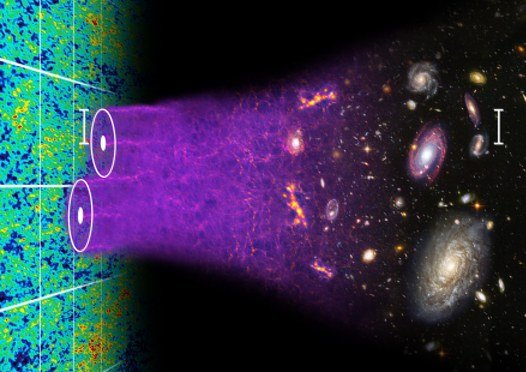
image Chris Blake and Sam Moorfield
Small variations in density in the early Universe, known as baryon acoustic oscillations, grew to produce the distribution of galaxies we see today.
PARTNERSHIP:
Euclid is an ESA medium class astronomy and astrophysics space mission. To accomplish the Euclid mission ESA has selected Thales Alenia Space for the construction of the satellite and its Service Module and Airbus Defence and Space for the Payload Module.
SCHEDULE:
The launch date is planned for 2020
VIDEO from ESA TV:
- BepiColombo - 22nd February 2018
- Multi-Purpose Crew Vehicle ( Orion MPCV ) - 13th June 2016
- Euclid - 23rd February 2016


